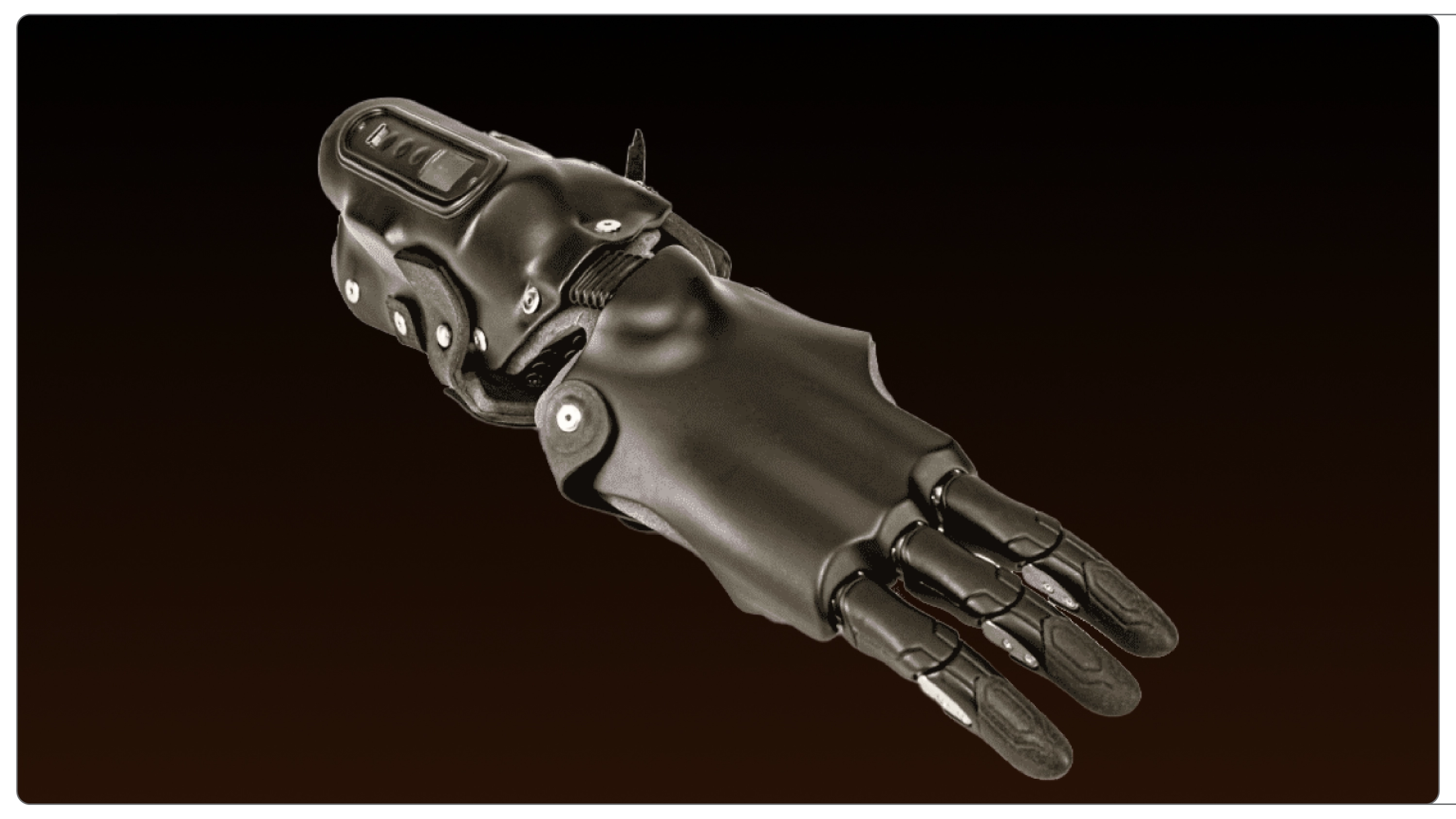November 2025
The world leader in MedTech innovation, Motorica, has released the first bionic hand prosthesis, the Omni Hand, which incorporates optical myography (OMG). This innovation has brought the industry out of the old electrical-signal prosthetics. They have presented an alternative generation of control mechanisms that use light-based sensing to analyze the user's muscle behavior. The launch of such technology is timely for the prosthetics industry, where accuracy, natural movement, and intuitive response are among the unmet demands of millions of amputees worldwide.

The core innovation of the Omni Hand is the application of optical sensors to detect even the smallest changes in tissue light transmission. The prosthesis uses light-based variations to detect intent rather than strong, consistent muscle electrical signals, even when muscular activity is weak or inconsistent. This is significant due to the experience of trauma, frostbite, burns, or long-term immobilization in individuals. This new sensing mode enables the Omni Hand to process subtle muscle signals, achieving smooth, accurate, and natural movement, shortening the learning curve, and enabling users to feel more at one with their prosthesis.
Motorica is the first company to break down barriers and has completed a pilot program in which eight users have fully adopted the Omni Hand in their lives. Initial outcomes indicate that fluidity of motion, grip reliability, and load to the brain decreased. Users said the prosthesis was more like what it foresaw doing than responding to it. Currently, Motorica intends to accelerate and begin mass production in 2026, which will increase its use in rehabilitation centers and prosthetic clinics worldwide. Furthermore, the introduction of the Omni Hand marks a new epoch in the development of bionic limbs.
CEO – Andrei Davidiuk
Andrei Davidiuk, CEO of Motorica, emphasized that the Omni Hand represents a fundamental redefinition of what prosthetics can achieve. He noted that the technology “moves beyond simply responding to muscle movement and begins to understand the intention behind it,” making prosthetic control far more natural and immersive for the user. Davidiuk added that this milestone is not only a technological achievement but also a step toward helping individuals with limb loss build a deeper sense of connection, autonomy, and confidence in their daily lives.
November 2025
November 2025
November 2025
November 2025